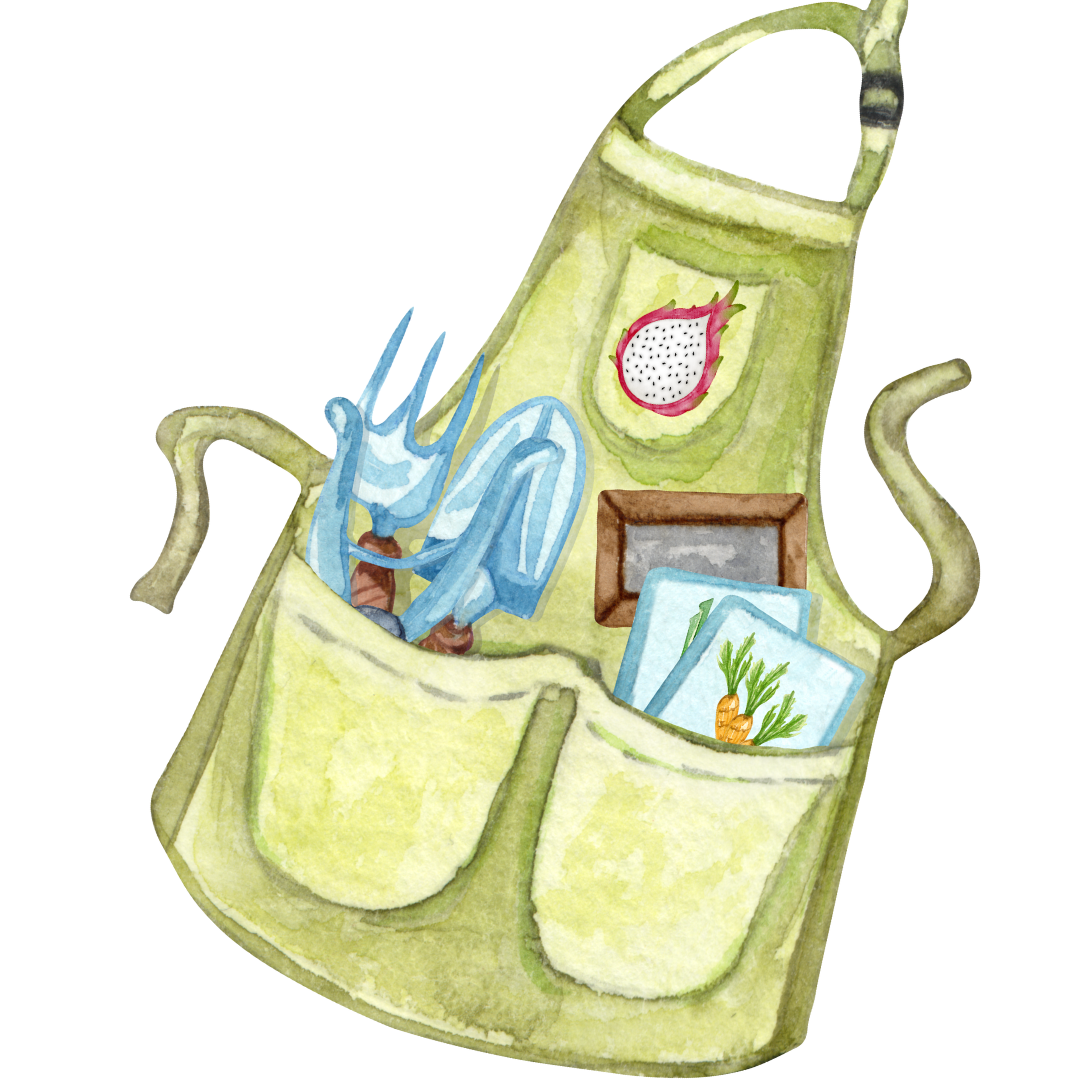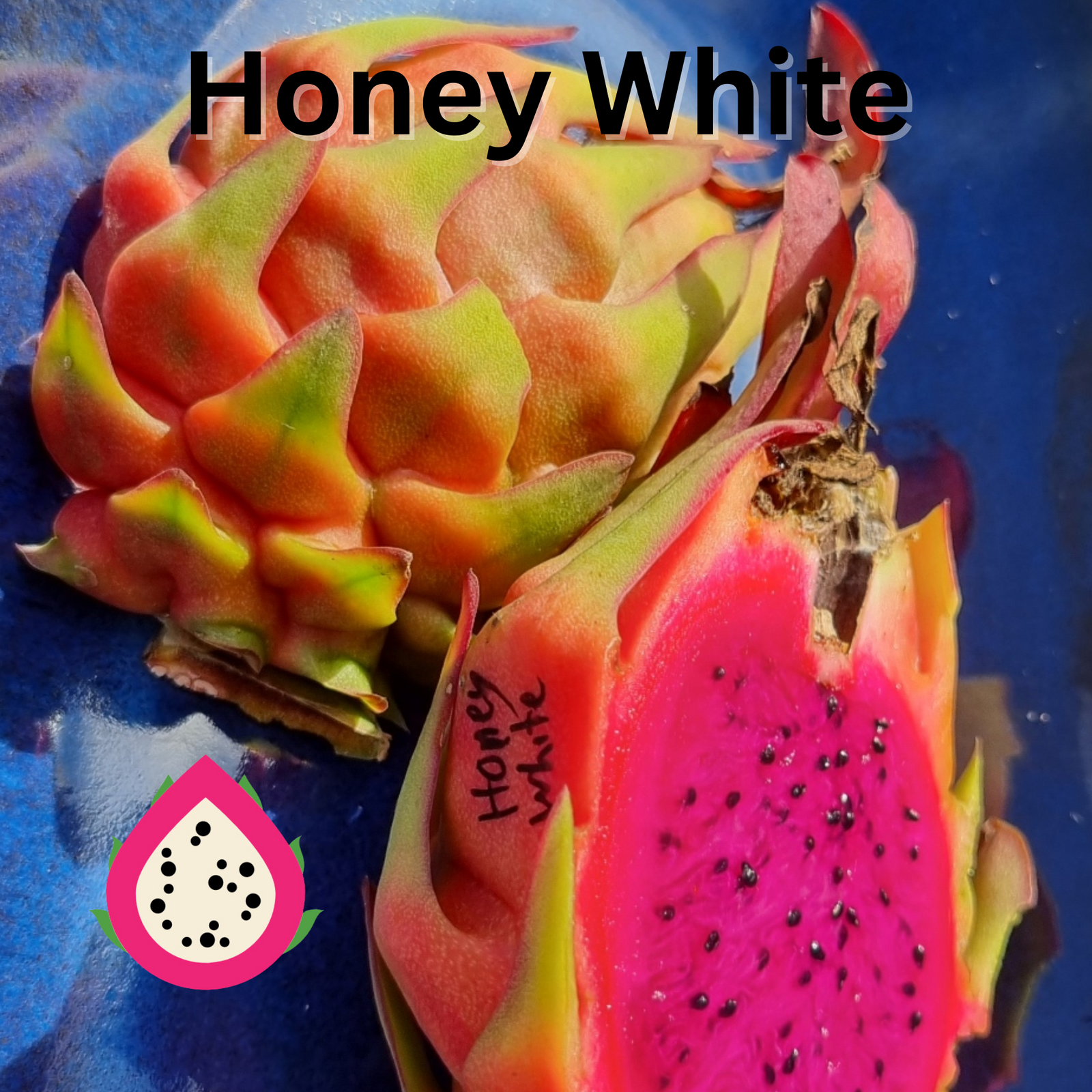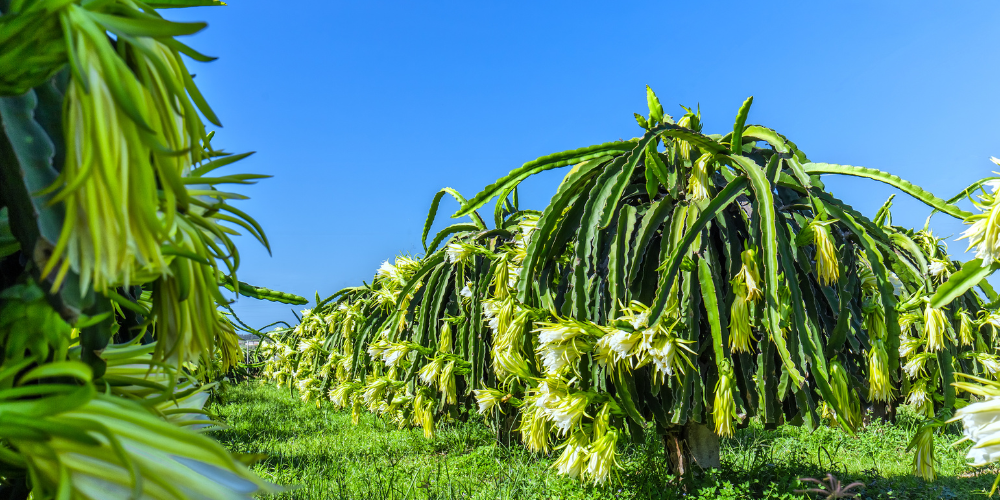The time it takes for a dragon fruit cutting to produce fruit can vary depending on several factors, including the variety of dragon fruit, growing conditions, and care provided to the plant.
In general, it can take anywhere from one to two years or more for a dragon fruit cutting to mature and start producing fruit.
Here's a general timeline:
- Establishment Phase (0-6 months):
- After planting the dragon fruit cutting, it will focus on establishing its root system and developing new growth. During this phase, it's essential to provide optimal growing conditions, including adequate sunlight, well-draining soil, and regular watering.

- Growth Phase (6 months - 1 year+): Once the cutting has established itself and started growing vigorously, it will gradually develop flower buds. The timing of flower bud formation can vary, but it typically occurs within the first year or so for healthy plants.

- Flowering and Fruit Development Phase (1 year+): After the flower buds form, they will eventually bloom and be pollinated (often by nocturnal pollinators such as bats or moths, or by hand if grown in regions without these natural pollinators). Once pollinated, the flowers will develop into fruit. It may take several weeks for the fruit to mature and become ready for harvest.

- Established Dragon Fruit:(3+) A dragon fruit plant grown in the right conditions will produce a good crop by year. They will need a good care routine to maximize growth, flower production and fruit. Some varieties do take a lot longer so to achieve this make sure you are growing a vigorous growing or commercial variety.

Keep in mind that these timelines are approximate and can vary based on factors such as climate, growing conditions, and the specific variety of dragon fruit being grown. Additionally, some dragon fruit varieties may take longer to mature and produce fruit than others. Providing proper care, including regular watering, fertilization, and protection from pests and diseases, can help promote healthy growth and fruit production.








